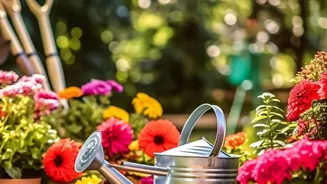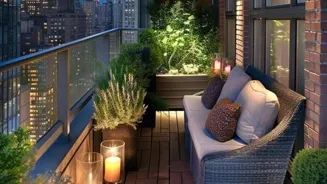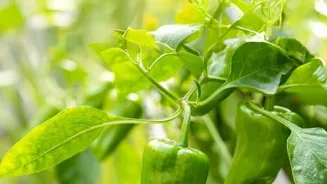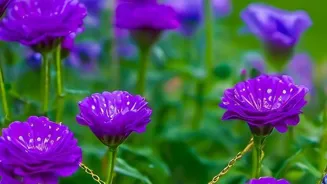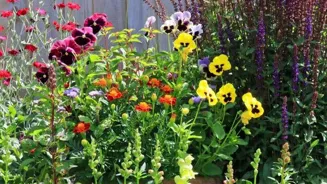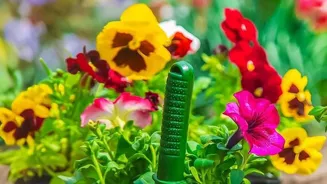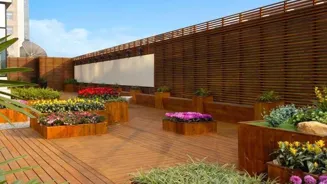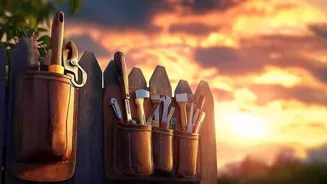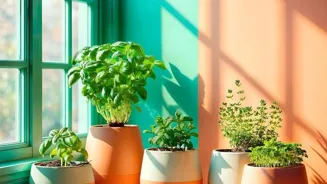Discover how to create a stress-free, low-maintenance garden! Learn 8 easy tips for a thriving garden with less effort. Read more to enjoy a beautiful garden hassle-free!
Bye-Bye, Garden Stress! 8 Easy
Tips for a Khush-Khush Low-Maintenance Garden
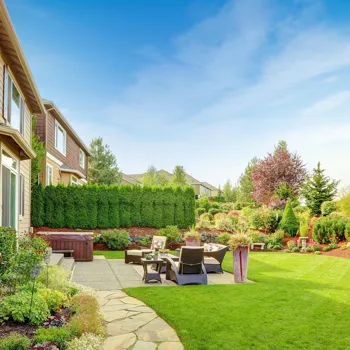
Enjoy a beautiful garden with low-maintenance tips
Spending hours every week tending to your garden can feel like a full-time job, ya know? But what if I told you that you could have a beautiful, thriving garden without all the hard work? It's totally possible!
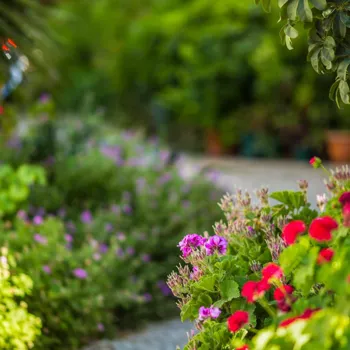
A low-maintenance garden lets you enjoy the beauty of nature without being chained to your watering can or weeding trowel. Here are eight super simple tips to make your garden a little less demanding and a lot more enjoyable.
This way you get more time to enjoy your chai and biscuit whilst admiring your garden. It's all about balance and knowing how to work smarter, not harder, in your little green space. Chalo, let's dive in and make gardening a breeze!
Choose native plants for a low-maintenance garden
The first tip to a happy garden is all about choosing the right plants. Go for native varieties! These plants are like local heroes – they're already used to the climate, soil, and rainfall in your area. Means less fussing from your side, right?
They need less watering, less fertilizing, and are generally more resistant to pests and diseases. Think of them as the "set it and forget it" type of plants. Also, consider perennials, which come back year after year without needing to be replanted, saving you a lot of time and effort.
Imagine a garden that practically takes care of itself! Some great choices for Indian gardens include bougainvillea, hibiscus, and various types of succulents. They are sun loving and don't ask too much water. You'll be enjoying your garden in no time!
Mulching saves time, conserves water, deters weeds, and enriches soil
Mulching is another game-changer for low-maintenance gardens. Spread a layer of organic mulch, like shredded bark, wood chips, or even dried leaves, around your plants. This helps to retain moisture in the soil, which means less watering for you!
Mulch also acts like a natural weed barrier, preventing those pesky weeds from popping up and stealing all the nutrients from your precious plants. And as the mulch decomposes, it adds nutrients back into the soil, enriching it naturally. Think of it as a triple-duty garden helper!
A good layer of mulch can really make a difference in reducing your workload and keeping your garden healthy and happy. This simple step will surely bring smile to your face.
Strategic watering promotes healthy, low-maintenance gardens, conserves water
Watering strategically is key to a low-maintenance garden. Instead of watering a little bit every day, water deeply and less frequently. This encourages plants to develop deeper root systems, making them more drought-tolerant.
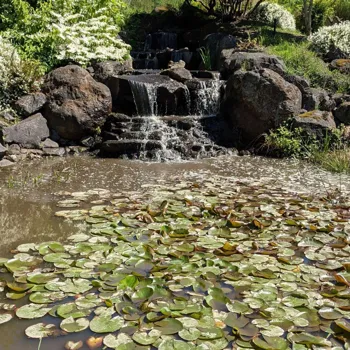
Drip irrigation systems or soaker hoses are also fantastic for delivering water directly to the roots, minimizing water waste and reducing the risk of fungal diseases. Water in the morning to allow the foliage to dry out during the day. This makes it harder for fungal diseases to spread.
Pay attention to the needs of different plants. Some need lots of water, others dont need as much. By watering smart, you use less water, save time, and keep your plants healthy.
Hardscaping reduces garden maintenance with stone features, seating for a sleek look
Hardscaping is a great way to reduce the amount of area that needs constant attention. Think of adding stone pathways, gravel areas, or even a small patio to your garden. These features not only add visual appeal but also eliminate the need for mowing, weeding, and planting in those areas.
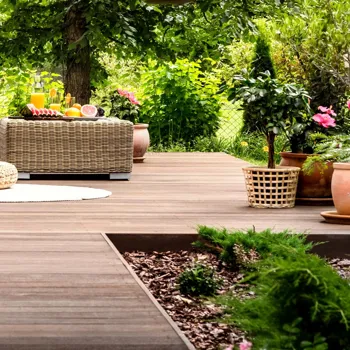
Hardscaping can also define different sections of your garden, making it easier to manage. For example, a rock garden with succulents requires very little maintenance compared to a flower bed.
And, don't forget to include some comfortable seating so you can relax and enjoy your beautiful, low-maintenance garden! Adding hardscaping elements will help give a very sleek look to the garden.
Choose the Right Tools
Having the right tools can make a huge difference in how much effort you put into gardening. Invest in good-quality tools like a sharp hoe, a sturdy trowel, and a comfortable pruning shears. These tools will make weeding, planting, and pruning much easier and more efficient.
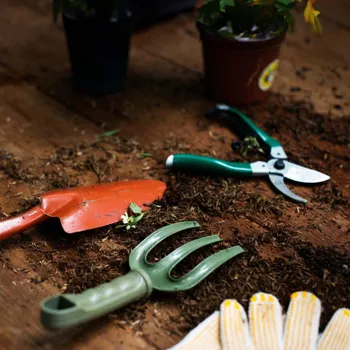
Another helpful tool is a long-handled weeding tool, which allows you to remove weeds without bending over and straining your back. And don't forget a good pair of gardening gloves to protect your hands! Having the right tools ensures your gardening is fun and fast.
Pest and Disease Management
A healthy garden is a low-maintenance garden. Regularly inspect your plants for pests and diseases. Address problems early on before they become major issues. Use organic pest control methods. These methods are safer for your health and the environment.
Encourage beneficial insects like ladybugs, which prey on aphids and other pests. Companion planting is another great way to deter pests naturally. For example, marigolds can repel nematodes and other harmful insects.
By staying proactive, you can keep your garden healthy and minimize the need for intensive treatments.
